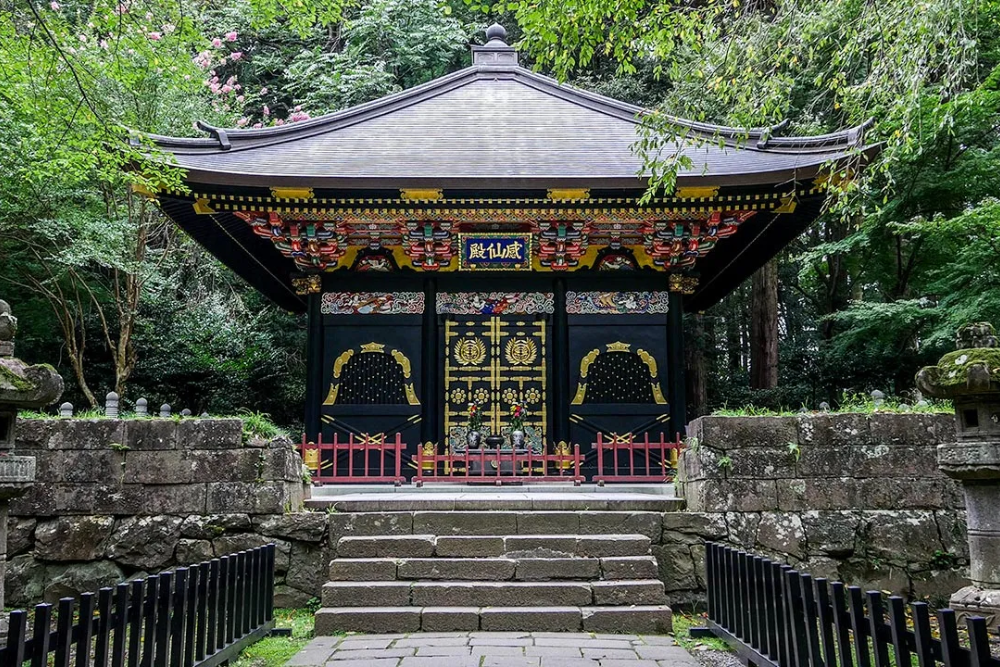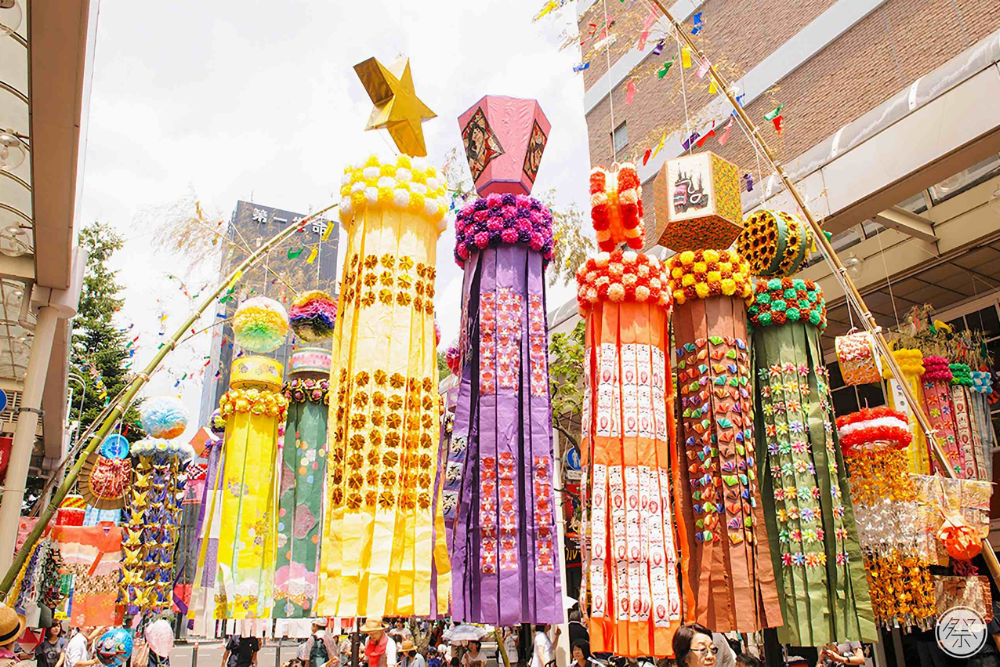Sendai, the largest city in Japan’s Tohoku region, is known for its rich history, vibrant festivals, and delicious local cuisine. Founded by the famous warlord Date Masamune, Sendai blends historical charm with modern city life. Whether you’re exploring ancient temples, experiencing lively seasonal festivals, or indulging in regional specialties, Sendai offers something for every traveler.
This guide will take you through the best temples, festivals, and food that define Sendai’s unique cultural identity.
Temples and Historic Sites
1. Zuihoden Mausoleum
- Why Visit? The final resting place of Date Masamune, the founder of Sendai. This beautifully designed mausoleum features intricate wood carvings, gold accents, and a tranquil forest setting.
- Highlights:
- Stunning Edo-period architecture
- Serene walking paths surrounded by cedar trees
- Burial sites of Masamune’s descendants
2. Osaki Hachimangu Shrine
- Why Visit? A National Treasure of Japan, this shrine is dedicated to Hachiman, the deity of warriors. Built by Date Masamune, it showcases brilliant black-and-gold lacquer work.
- Highlights:
- Historic samurai-era craftsmanship
- Important site for traditional Shinto ceremonies
- Lush greenery offering a peaceful atmosphere
3. Rinnoji Temple
- Why Visit? Known for its beautiful Zen gardens and seasonal beauty, Rinnoji is a lesser-known yet stunning Buddhist temple in Sendai.
- Highlights:
- A serene rock and moss garden
- Seasonal maple leaves in autumn
- A quiet retreat from the city’s bustle
4. Sendai Castle (Aoba Castle Ruins)
- Why Visit? Although the original castle no longer stands, the ruins offer breathtaking views of Sendai, along with a statue of Date Masamune on horseback.
- Highlights:
- Panoramic views of the city and Hirose River
- Museum showcasing samurai-era artifacts
- A popular spot for cherry blossom viewing in spring
Festivals in Sendai
1. Sendai Tanabata Festival (August 6–8)
- Why Visit? One of Japan’s most famous Tanabata (Star) Festivals, featuring colorful streamers, lively parades, and fireworks.
- Highlights:
- Thousands of handmade fukinagashi (paper streamers) decorating the city
- Street performances, food stalls, and music
- Grand fireworks display on the evening of August 5
2. Sendai Aoba Festival (Third Weekend of May)
- Why Visit? A festival celebrating Date Masamune’s legacy, featuring a spectacular samurai parade and traditional dance performances.
- Highlights:
- Suzume Odori (Sparrow Dance), a traditional Sendai dance
- Grand samurai processions with armor-clad warriors
- Street food and cultural exhibitions
3. Jozenji Street Jazz Festival (September)
- Why Visit? A unique festival where hundreds of jazz musicians perform in Sendai’s streets, creating an energetic atmosphere.
- Highlights:
- Live performances across multiple venues
- A mix of jazz, rock, blues, and traditional Japanese music
- Outdoor cafes and food stalls set up along the tree-lined Jozenji Street
4. Sendai Pageant of Starlight (December)
- Why Visit? One of Japan’s most beautiful winter illumination events, held along Jozenji-dori Avenue.
- Highlights:
- Over 600,000 twinkling lights illuminating the trees
- Romantic winter atmosphere, perfect for evening strolls
- Christmas markets and festive food stands
Food in Sendai
Sendai is famous for its delicious local cuisine, particularly its signature gyutan (grilled beef tongue) and fresh seafood from nearby coastal areas.
1. Gyutan (Grilled Beef Tongue)
- What Is It? A specialty of Sendai, gyutan is carefully grilled to achieve a smoky and tender texture.
- Where to Try It:
- Tanya Zenjirou – One of the most popular gyutan restaurants
- Rikyu – A well-known chain specializing in traditional-style gyutan
2. Zunda Mochi (Edamame Paste Mochi)
- What Is It? A sweet dish made from mochi (glutinous rice cakes) topped with a slightly sweetened mashed edamame (green soybean) paste.
- Where to Try It:
- Zunda Saryo – A famous shop serving zunda mochi and zunda shakes
- Traditional tea houses near Sendai Station
3. Sendai Miso
- What Is It? A type of miso paste made with fermented soybeans and rice, used in miso soup, ramen, and grilled dishes.
- Where to Try It:
- Sendai miso ramen shops throughout the city
- Local izakayas (Japanese pubs) serving miso-marinated dishes
4. Sasakamaboko (Bamboo Leaf-Shaped Fish Cake)
- What Is It? A traditional grilled fish cake shaped like a bamboo leaf, often served as a snack or souvenir.
- Where to Try It:
- Abe Kamabokoten – A famous store where you can try freshly grilled sasakamaboko
- Sendai morning markets
5. Fresh Seafood from Matsushima Bay
- What Is It? Matsushima, a coastal town near Sendai, is known for its fresh oysters, sushi, and seafood rice bowls.
- Where to Try It:
- Matsushima seafood markets
- Ryotei-style restaurants overlooking the bay
Conclusion
Sendai is a city where history, tradition, and modern culture blend seamlessly. From exploring the legacy of Date Masamune at Zuihoden and Osaki Hachimangu Shrine, to experiencing vibrant festivals like Tanabata and Aoba Festival, and indulging in local delicacies such as gyutan and zunda mochi, there is no shortage of memorable experiences in this northern Japanese city.
Whether visiting for the rich samurai heritage, seasonal celebrations, or delicious food, Sendai offers an authentic and rewarding travel experience for those looking to explore beyond Japan’s major tourist hubs.












